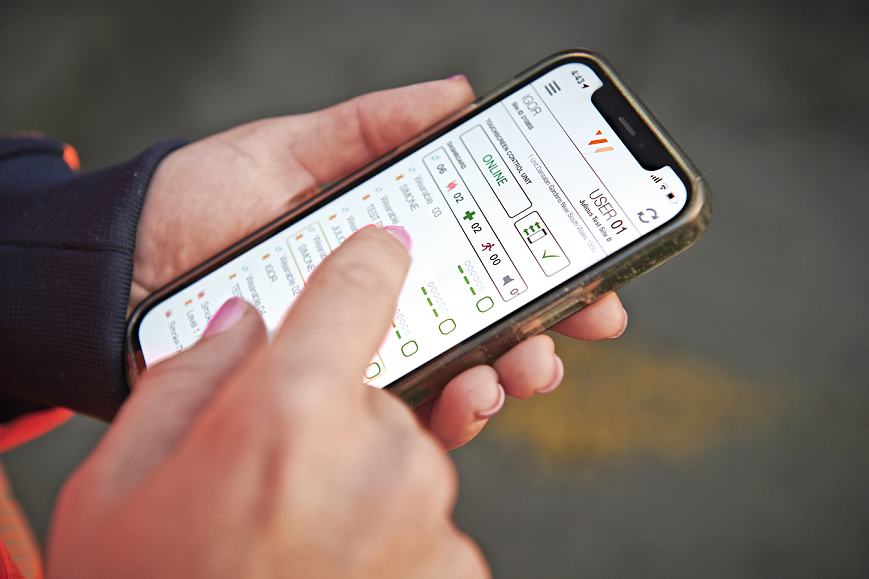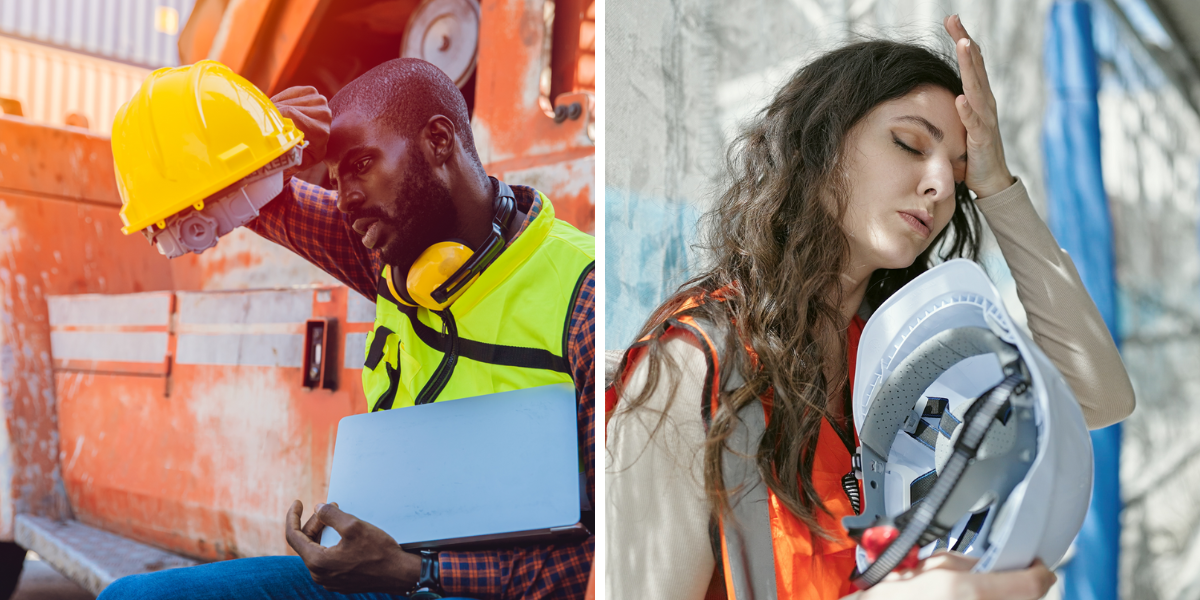Did you know that the chromosomes that distinguish men and women play a significant role in determining an individual's thermoregulation processes, which impacts the comfort level of workers in the workplace. For teams responsible for worker health and safety, it’s crucial to have a factual understanding of how thermoregulation impacts their workforce, particularly the risks of heat and cold-related hazards that could threaten workplace safety.
What Is Thermoregulation?
Thermoregulation refers to the mechanisms by which the human body maintains its internal temperature. While many have traditionally believed that the normal body temperature is 37 degrees Celsius but contemporary research suggests an acceptable temperature range anywhere between 35.3 and 37.4. A fever is typically considered anything above 37.4 degrees Celsius, while hypothermia could be indicated by anything below 35.3 degrees Celsius. The sex of the worker, the age of the worker, and the medications they are taking, can influence thermoregulation and temperature readings.
How Does Thermoregulation Work?
When the body overheats, it cools itself through sweating and by increasing blood flow to the skin, which dissipates heat away from internal organs. Conversely, when a person gets too cold, their blood vessels constrict, causing their extremities (fingers, toes, and limbs) to become cold as the body conserves heat around vital organs. Shivering may also occur to generate muscle heat.
Differences in Male and Female Thermoregulation
Both males and females employ thermoregulation for survival, but there are notable distinctions between the sexes that can explain why some individuals may feel too hot or too cold on the work site, even when others are comfortable.
Female body temperatures can be impacted by changes in hormones which can lead to a temperature spike, particularly if they’re working in a sunny area or away from proper air circulation. If they’re experiencing heat stress, their body can redirect blood to the skin to protect vital organs, which can lead to an increased heart rate. When males experience heat stress, they tend to sweat more profusely.
Females’ bodies tend to need more time to cool down during heat acclimation than males’ bodies. Sweating less negatively impacts their ability to thermoregulate so in a heat stress event, females may need the air conditioning fan to run for a longer duration to cool off when the workplace feels too warm.
In either case, if a worker is complaining of the workplace temperature being too hot or cold, it’s best to monitor them individually and generate a nurse call alarm if they appear to be suffering. Their ability to thermoregulate impacts their ability to recover, and first aid should be considered if other techniques aren’t working.
Call For Help - Nurse Call & Evacuation Systems
Trust when individual workers are complaining about temperature issues and support them by adjusting their work environment to suit and offering medical support. Involve emergency response personnel and your OHS and EHS teams. Proactively review how environmental forecasts for the day will impact your workforce and maintain an element of flexibility when treating males versus females.
If you notice an area of your worksite is exposing workers to risky high or low temperatures, trigger an evacuation alert to move workers from the impacted zone, and introduce regular breaks so you can monitor each team of workers for how their body is responding. Identify site “danger zones” that should be avoided in the middle of the day (when it’s hot) or at the start or end of the day (when it’s cold). Ensure they have the correct PPE and workwear to protect themselves.
Introduce Worker SOS Wearables
Also consider offering females wearable nurse call triggers that they can use if they’re in duress. Vanguard Wireless worker wearables quickly notify emergency response personnel to the issue, who can then escalate to a nurse call alert, site evacuation, or site lockdown.


